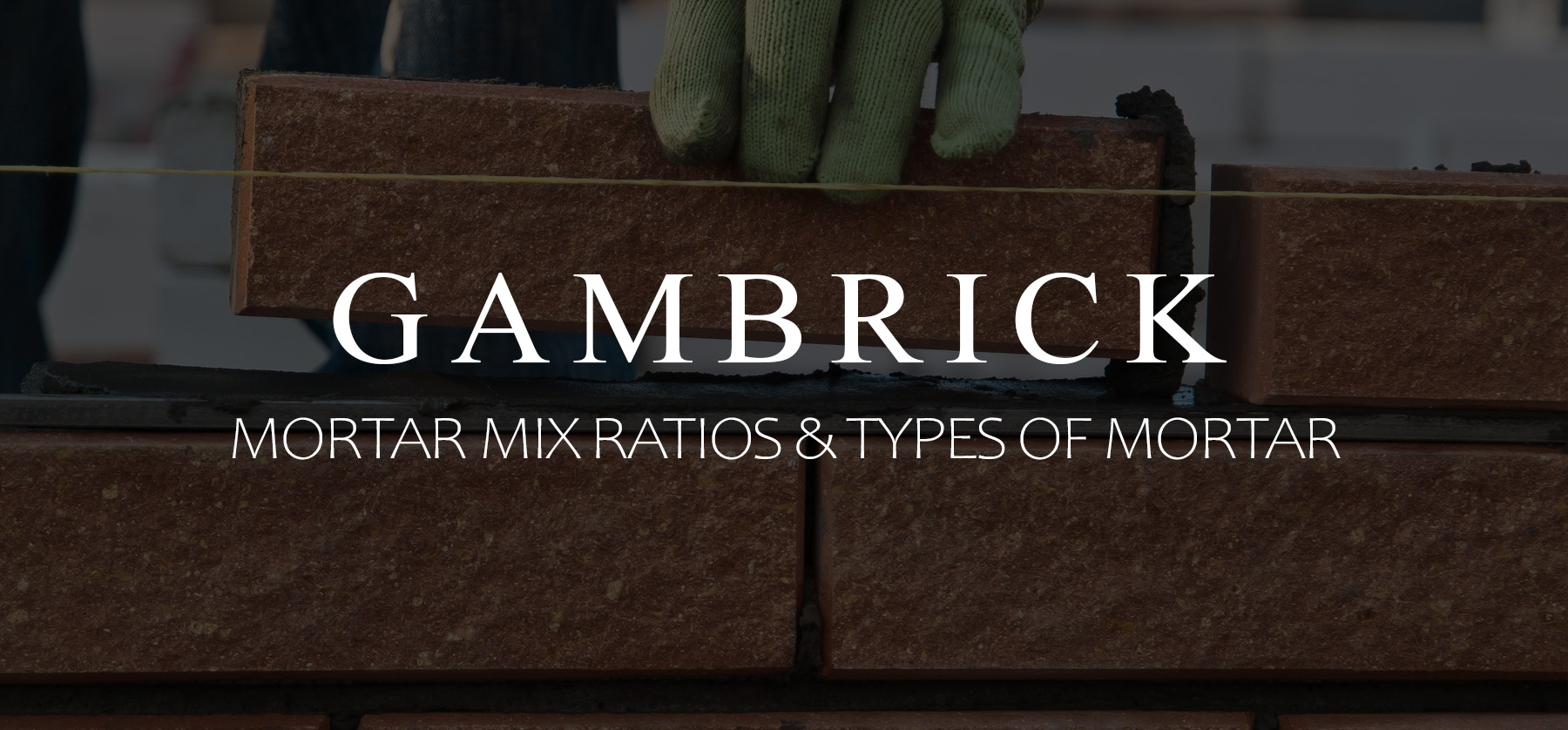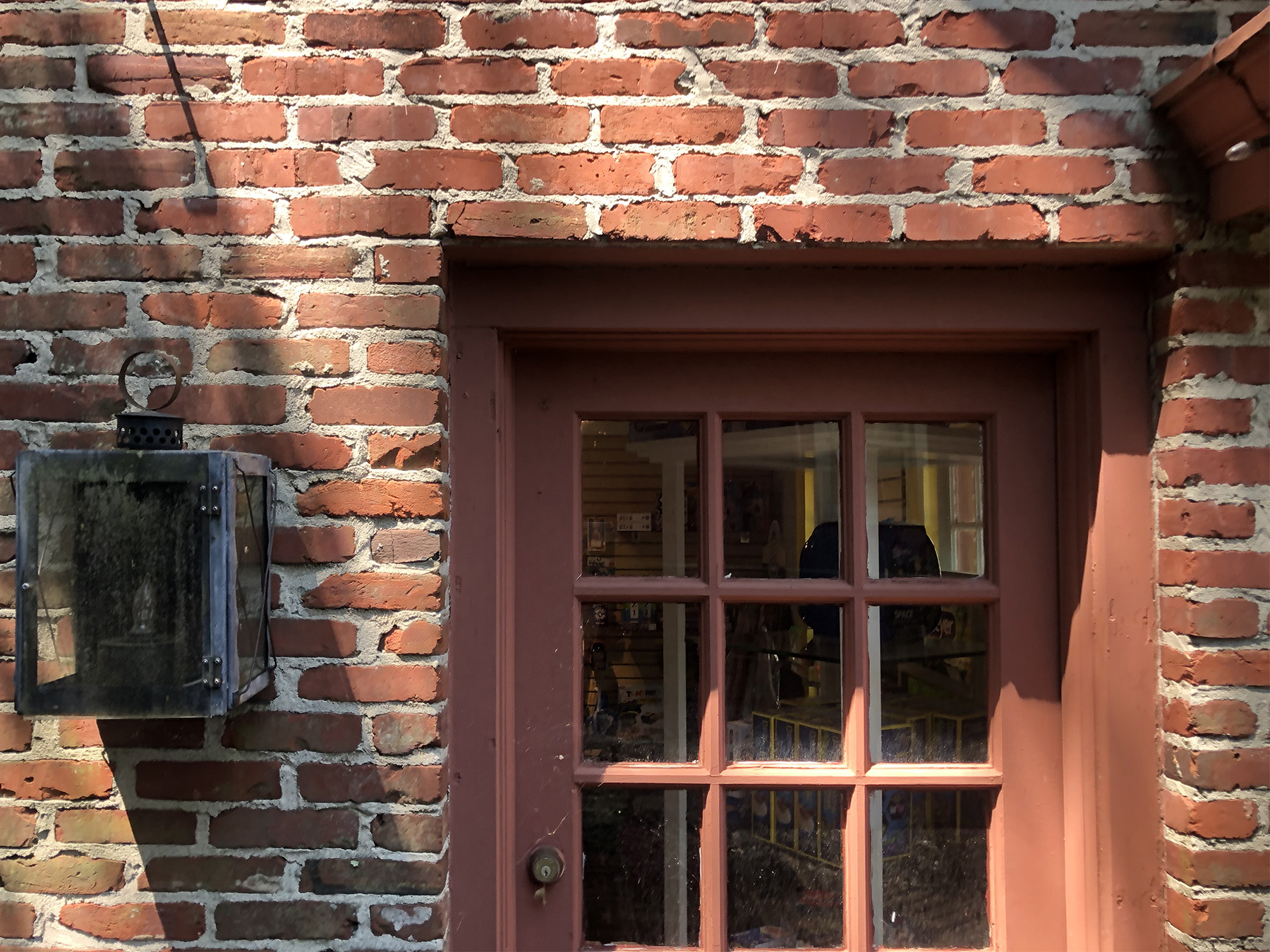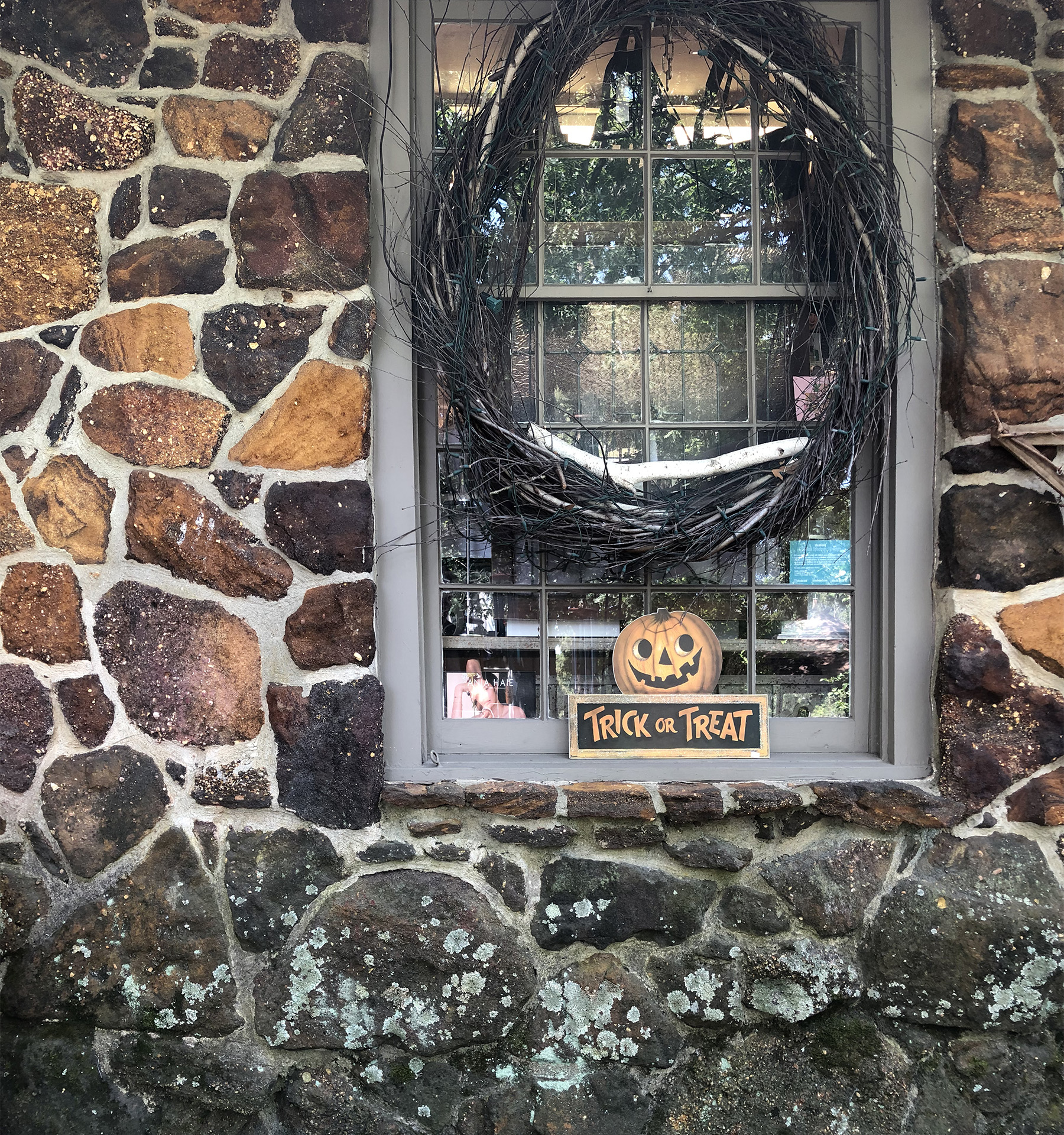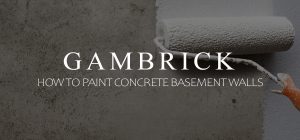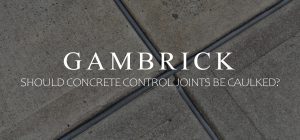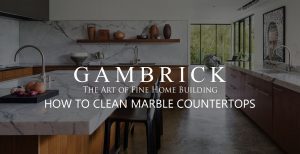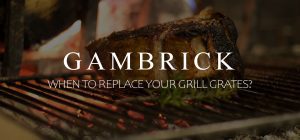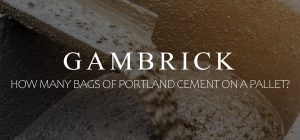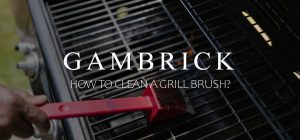Mortar Mix Ratios & Types Of Mortar
Mortar is an essential material when working with brick, stone and block. In its most basic form, mortar is made by mixing cement and sand with water. But most masons also add hydrated lime. By varying the amount of each ingredient in the mix you can change the mortar’s properties. This is called the mortar mix ratio. The different types of mortar you can create are each designated by a letter. The most common mortars are Type N, O, S, M and K. You can buy mortar of different types in bags or you can mix your own.
Cement is a grey powder that’s used as a binding material in construction. It’s hydraulic which means it reacts when mixed with water to form a paste. The paste then dries, hardens and grows progressively stronger during a process called curing. This process typically takes about 28 days to complete. If you mix cement with sand and water you get mortar. Add in some gravel and mortar turns into concrete.
Mortar is spread in thin layers to lay brick, stone and blocks. Or as a bed for setting stone and tile. It’s also used to secure brick, tile and stone veneer to walls and as a joint filler. It’s strong, sticky and easy to work with.
Because mortar is a composite material it’s properties depend greatly on the ingredients used to make it. It’s very important to buy the correct mortar for the project you’re working on or to use the correct mortar mix ratio if you make your own.
In this article, we’ll discuss the most common types of mortar, how to mix them, and how to use them in your next project.
What Is A Mortar Mix Ratio?
Mortar is made up of three key ingredients: cement powder (usually, Portland cement), lime and sand.
While most mortar contains all three ingredients, the amount of each ingredient in a mortar mix varies. By changing the ratio of ingredients you also significantly change the mortar.
A mortar mix ratio ensures that the mix can be reliably recreated, at any time, again and again. Mortar mix ratios are essentially a recipe that tells you how to make a specific type of mortar.
Like a recipe, mortar mix ratios are written in terms of parts. For example 1 part cement, 1 part lime, and 6 parts sand is a common mortar mix.
Ingredient parts can be measured with different sized containers. For example, 1 part could equal a shovel, a gallon, a bucket or a wheel barrow full. But whatever you select as you’re measuring tool, it has to be used for every ingredient.
For example, if you use a 1 gallon bucket to measure an ingredient, then a 1,1,6 mortar mix ratio means 1 gallon of cement, 1 gallon of lime and 6 gallons of sand.
Why Is Lime Added To Mortar?
The most basic mortar mixes are just sand and cement. But lime is also used by most masons and ready mix mortar manufacturers because it gives the mortar some benefits.
Adding hydrated lime to sand and cement gives the mortar more flexibility and crack resistance. It also makes the mortar easier to work with and more waterproof. Lime helps prevent the sand and cement from separating which creates a more consistent product.
Overall, mortar mixes containing lime perform better and are easier to work with than mortar made with cement and sand alone.
Common Types of Mortar Mix Ratios And Their Uses
There are a wide variety of mortar mix ratios with different uses. The four main types that are used the most are: N, O, S, and M.
Each of these main types has slightly different durability, stickiness, crack resistance and tensile strength which makes them better for some applications than others. It’s important to know what each type does and how to make it so you can use the right mortar for your project.
Type N Mortar
Type N is the most common mortar mix used in construction. It’s a standard recipe that’s strong, durable, crack resistant and sticky. We use it for just about every above grade project including brick and stone laying, stacking blocks and installing veneer.
Type N is a great all around mortar because its strong, durable, easy to work with and can be used inside and out.
- Type N mortar has a high resistance to heat and weather.
- It’s used for above grade exterior and interior projects.
- Can be used with brick and soft stone masonry projects because it’s not overly stiff.
- Type N’s high compression strength of around 750 psi allows it to be load-bearing projects.
The most common Type N mortar mix ratio is 1 part cement, 1 part lime and 5 to 6 parts sand.
Quikrete sells a bagged Type N mortar mix which you can buy at any Home Depot or Lowes for around $7 a bag. It’s sold in 60lb bags. Quikrete also makes a special type of Type N which is designed specifically for installing veneer brick and stone. It’s sold in 80lb bags for around $10 per bag.
Type O Mortar
Type O is a common type of mortar mix used indoors for non-load bearing projects. It’s weaker and less durable than type N and can’t withstand temperature fluctuations or weather. Type O also a bit softer and more brittle than most other mortars.
- Type O mortar is used indoors.
- Has a low 350 psi compression strength which is too weak for load bearing projects.
- Used above grade.
- A softer mortar than type N.
- Used for re-pointing or similar repair work.
The mortar mix ratio to make type O is: 1 part cement, 2 parts lime and 8 to 9 parts sand.
Type O has the same amount of cement as type N but it has more lime and sand. This weakens the mortar a bit and makes it more brittle. However it’s still a great mix for indoor use like stacking brick and stone or making repairs.
Flexebrick makes type O mortar in a pre-mixed 11lb and 45 lb tub. It costs around $30 for the 11lb tub and about $70 for the 45lb container. But it does not come in a ready mix bag.
Type S Mortar
Type S mortar is used mostly for civil projects like sewers and manhole shafts. It’s a professional grade mortar and not something typically used in household projects.
Once type S mortar sets is has a high tensile bond strength and high compressive strength of 1,800 psi. This is strong enough for below grade applications and some load bearing projects. Although it’s still too weak for some load-bearing work.
Type S mortar is strong enough to resist soil pressure and water. This makes it a great choice for patios and masonry foundations. If you plan on installing stone or brick veneer on a below grade foundation, type S is the mortar you’d use.
The mortar mix ratio to make type S is: 2 parts cement, 1 part lime and 8 to 9 parts sand.
Type S is a very similar mortar ratio to type O except it has less lime and more cement. This small change is what gives type S it’s high compressive and tensile strength.
Sakrete sells a type S mortar mix in 60lb bags for around $7 per bag. Quikrete sells a type S mason mix in 80lb bags for around $10 per bag.
Type M Mortar
Type M is the last of the 4 mot common mortar types. It’s the strongest mortar with a compressive strength of around 2,500 psi. This makes it strong enough for below grade projects and some load-bearing work.
Type M mortar mix is considered commercial grade.
It’s used for things like driveways, retaining walls, and below grade foundations. If you need a strong mortar for below grade work, type M is a good choice. But it has poor adhesion and creates a bad seal. This is due to its high cement and sand ratio and low amount of lime.
Type M mortar is used when a structure must withstand high gravity and/or lateral loads. It’s also a good choice for real stone projects where the compressive strength of the stone is greater than 2500 PSI.
Because of type M’s properties, it should not be used above grade in areas exposed to weather.
The mortar mix ratio to make type O is: 4 parts cement, 1 part lime and 12 to 15 parts sand.
Quikrete type M commercial grade mortar mix is sold in 80lb bags or around $10 per bag.
Type K Mortar
Type K mortar is another type that’s primarily used in restoration work. It’s a very soft and brittle mortar which makes it safe to use on historic masonry like brick and stone. It has a very low compressive strength and mimics the feel of ancient mortar even though it’s a new product.
Because it’s so soft, type K won’t damage old brick and stone. It only has around 75 psi.
The mortar mix ratio to make type O is: 1 part cement, 3 parts lime and 10 to 12 parts sand.
Type K mortar isn’t sold pre-mixed or in bags so it’s custom mixed on site by the masons doing the restoration work.
Which Mortar Type Should I Use For Block Walls, Brick, Tile & Stone?
The type of mortar you use should match the project and location. Some mortars can only be used outside, some inside and some work in both.
For stacked brick, block and stone walls, type N is the most common type of mortar used. However, if the stones are heavy you could also use type S. It’s similar to type N but has more compressive strength. But if the wall sits below grade you can use type M for the below grade sections.
If you’re installing brick or stone veneer use a type N veneer mix by Quikrete. It’s strong, durable, sticky and resistant to the elements. But standard type N also works well for veneer work.
When you need more compressive strength for a driveway consider using a type S. It has higher compressive strength than type N. A driveway may hold heavy trucks which require more compressive strength to resist cracks.
If you’re stacking traditional bricks or stone use type N. It has a fair amount of compressive strength with weather and crack resistance. It’s a great all around mortar that’s easy to work with.
The Best Mortar Mix For Pointing
The standard mix for wall pointing is 5 parts sand, 1 part cement, and 1 part lime. This mortar mix ratio creates a type N mortar with a strength of 750 psi. If you need more strength, add more cement and sand.
At 8 parts sand, 2 parts cement and 1 part lime you create a type S mortar with 1800 psi. This is usually a little too strong for pointing so I use a mix that’s somewhere in the middle. 6 parts sand, 1 1/2 parts cement a 1 part lime will give you about 1000 psi.
How To Make Dry Pointing Mortar
In some cases you may need a dry mortar for pointing tile, brick or stone floor joints. The best mortar mix ratio for a dry pointing mix is 3 parts sand to 1 point cement. Don’t add any water to the mixture . Simply mix the sand and cement together thoroughly and then push it into the joints. Over time it will harden naturally from moisture in the air and ground.
The Best Mortar For Brickwork
The best mortar for brickwork is the mortar ratio 1:1:6 (1 part cement, 1 part lime and 1 part sand).
The ratio can be changed depending on the wall’s purpose. For an internal brick wall that’s not load bearing use the mortar mix ratio 1:2:9. But if the brick is load load bearing or outside use a 1:0.5:4.5 ratio. By reducing the lime and sand in the mix you also increase the cement which strengthens the mortar.
The Best Mortar For Stone Walls
The best mortar for stone wall joints is the mortar ratio 1:1:6 (1 part cement, 1 part lime and 1 part sand).
The ratio can be changed depending on the wall’s purpose. For an internal stone wall that’s not load bearing use the mortar mix ratio 1:2:9. But if the stone is load load bearing or outside use a 1:0.5:4.5 ratio. By reducing the lime and sand in the mix you also increase the cement which strengthens the mortar.
Mortar Ratios & Water
The final ingredient in every mortar mix ratio is water.
If you don’t get the water level correct your mortar could be ruined. You need just enough water to activate all the cement and not a drop more. Add too much water to the mortar mix and it’ll be too watery to stick or support the weight of bricks and stone. Whatever watery mortar you manage to install will be weak and brittle.
On the other hand, if you add too little water the mortar will be too dry and some of the cement won’t activate. The mortar with easily crack and/or shrink. Both of which are very bad in the long run.
Properly mixed mortar mix should be thin but not watery. It should support the weight of brick, stone and block while maintaining a joint as you stack material and build up weight. If your joints start to depress under the weight of new material being stacked on top, the mortar is too wet.
If the mortar is chunky too dry to properly spread, you need a bit more water.
Mortar Additives
No matter what type of mortar you use or it’s mortar mix ratio, additives can also be used to give the mix special properties.
Here are a few additives you can use with any mortar mix:
- Color: Masonry color comes in a powder that’s added into the wet mortar mix.
- Frost Proofer: If you’re working in low temperatures use some frost proofer to help prevent the mortar from freezing.
- Accelerant: An accelerant speeds up the set time of your mortar. But it can also weaken it so use them with care.
- Strength: Chemical additives can increase the strength of a mortar mix.
- Flexibility: Some additives can increase mortars flexibility which helps it resist cracks.
Mortar Mixing Equipment
Most masons will mix their own mortar for large masonry projects. Bagged mortar is fine for small to medium size jobs but it can get expensive if you need a lot of it. And even when you use bagged mortar you still have to add water and mix it yourself.
To mix mortar you need the following equipment:
- Mixer: This could be a wheelbarrow, plastic tub, mixing board or power cement mixer.
- Spade or Shovel: Used to mix mortar in a wheelbarrow or tub. It’s also great for shoveling ingredients in the proper mix ratios.
- Brick Towel: Used to measure and mix small amounts of mortar.
- Bucket: A 5 gallon bucket is great for measuring out ingredients.
- Utility Knife: You’ll need a sharp knife to cut open the mortar bags if you use them.
Safety Equipment
Mixing mortar or any other cement based product can be dangerous. Cement is caustic with a high pH balance so breathing it in and touching it can can be harmful to your health.
Before you start mixing mortar make sure to have the follow safety gear:
- Mask
- Goggles
- Gloves
Things To Consider When Mixing Mortar
There are a few things you should consider whenever you mix or work with mortar.
- Temperature: You should never mix or install mortar when the temperature is at or below freezing.
- Bagged Mixes: If you don’t have experience working with mix ratios, use bagged mortar instead. All the ingredients have already been measured in the correct amounts and mixing together for you.
- Mixing By Hand Vs Equipment: Using a power mixer gives a much smoother more consistent mix. Mixing small batches by hand is fine, but a powered mixer is much better. Especially for large projects.
- Water: Getting the water level right is crucial when working with mortar. Both too much and too little water will weaken the mortar and cause it to fail prematurely.
Final Thoughts
There are quite a few mortars to choose from for your next project. Take the time to choose the right mix ratio for the project you’re doing. Type N is the best all around mortar mix that works most of the time. But the other mixes are great in certain situations.
Using the wrong mortar could cause it to degrade or fall apart under the pressure of weight, water or weather.
It’s essential to determine if type N, O, S, M or K is right for your next home improvement project.
When in doubt, call an experienced mason. They should have knowledge of the different mortar types, how they’re made and when to use them.
Summary: Mortar Mix Ratios & Types Of Mortar
Mortar is an essential material when working with brick, stone and block. In its most basic form, mortar is made by mixing cement and sand with water. But most masons also add hydrated lime. By varying the amount of each ingredient in the mix you can change the mortar’s properties. This is called the mortar mix ratio. The different types of mortar you can create are each designated by a letter. The most common mortars are Type N, O, S, M and K. You can buy mortar of different types in bags or you can mix your own.
Cement is a grey powder that’s used as a binding material in construction. It’s hydraulic which means it reacts when mixed with water to form a paste. The paste then dries, hardens and grows progressively stronger during a process called curing. This process typically takes about 28 days to complete. If you mix cement with sand and water you get mortar. Add in some gravel and mortar turns into concrete.
Mortar is spread in thin layers to lay brick, stone and blocks. Or as a bed for setting stone and tile. It’s also used to secure brick, tile and stone veneer to walls and as a joint filler. It’s strong, sticky and easy to work with.
Because mortar is a composite material it’s properties depend greatly on the ingredients used to make it. It’s very important to buy the correct mortar for the project you’re working on or to use the correct mortar mix ratio if you make your own.
If you have any questions about mortar, email any time.
